NVIDIA Isaac ROS
We integrate the NVIDIA Isaac SDK into ROS 2 applications using the officially supported Isaac ROS stack.
Read NVIDIA Isaac ROSPosted on 14 March 2023
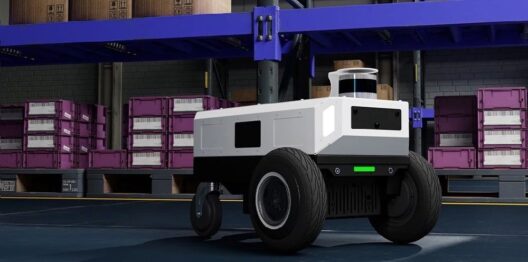
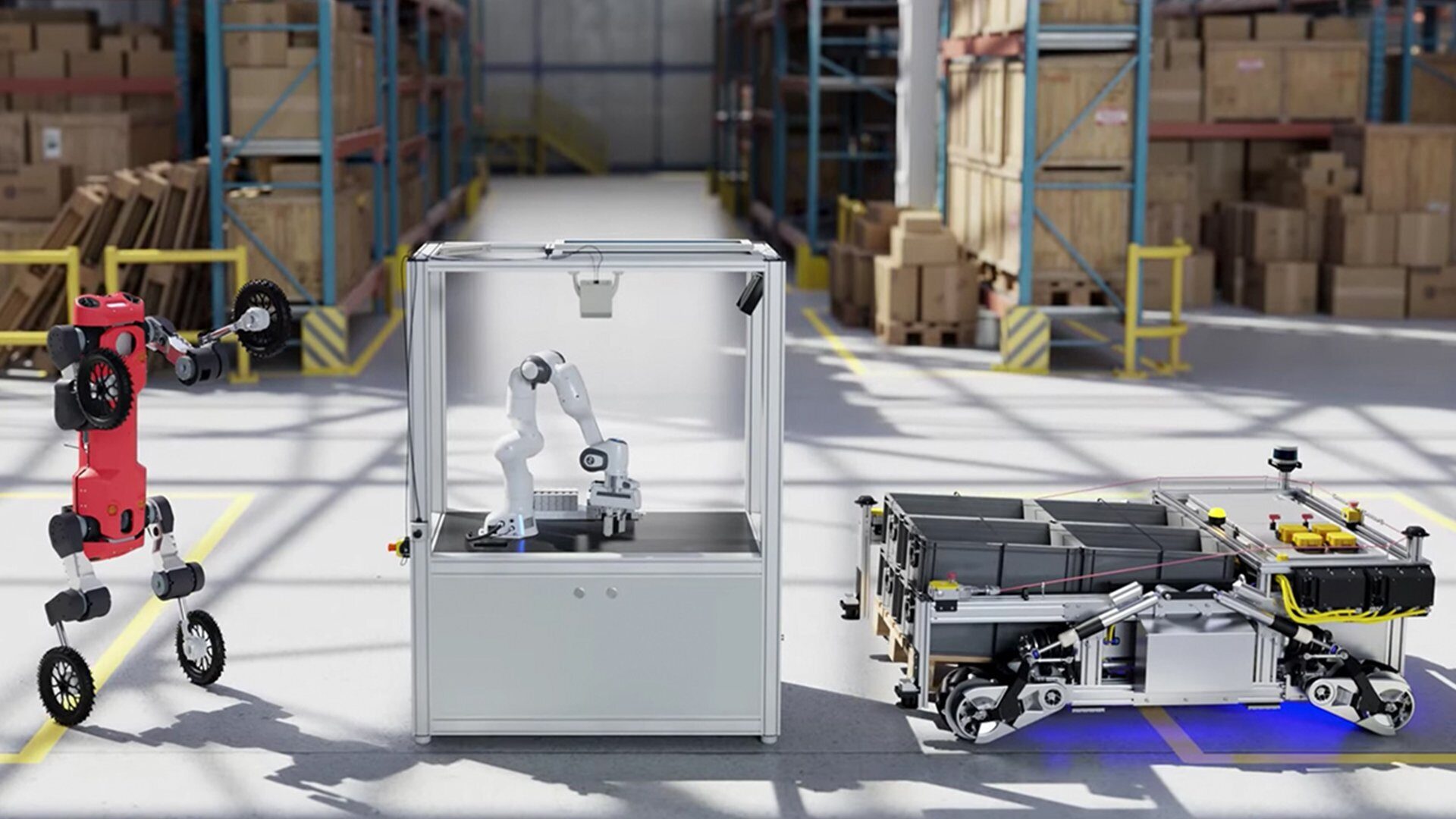
The field of robotics is rapidly evolving, and more and more companies are investing in the development of autonomous robots. One of the key players in this field is NVIDIA, which has become the go-to platform for new Autonomous Mobile Robots (AMR) developments today. This article explores how NVIDIA has achieved this status and the role that its technology is playing in the development of robotics, and AMRs in particular.
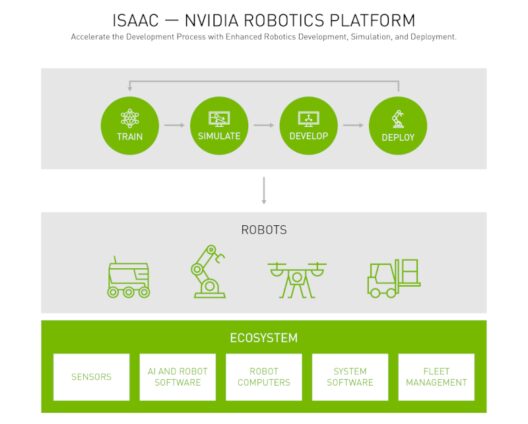
NVIDIA has a long history of developing cutting-edge graphics processing units (GPUs) for the gaming industry, but in recent years, it has shifted its focus to other areas, including robotics. The company's latest offering is the NVIDIA Isaac software platform, which provides a comprehensive set of tools for developers to create and deploy intelligent robots.
On the hardware side, NVIDIA has focused on seamless camera devices connectivity, offering interfaces for 2D and 3D cameras and LiDAR devices connectivity. These products are sold under the Isaac Nova Orin hardware platform flag and target specifically the needs for mobile robot applications, both indoor and outdoor. In addition, NVIDIA made sure that the most common functions were offloaded to the GPU, freeing the CPU of inefficient image processing.
This full stack 2D/3D vision integration was a much-anticipated need in the robotics industry, and NVIDIA has delivered a solution that exceeds expectations. Other players in the AMR compute platform business, such as Intel and Beckhoff, have not prioritized this need to the same extent, which has given NVIDIA a significant advantage in the market. By providing a comprehensive solution that addresses the most pressing needs of the robotics industry, NVIDIA has positioned itself as the go-to platform for mobile robotics.
Now into the details !
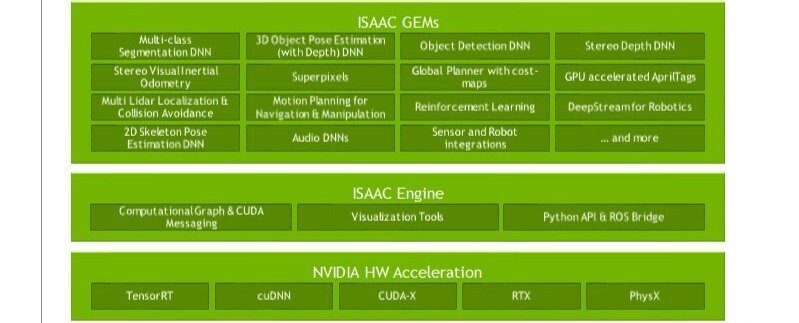
Combining GEMs (software modules) using the ISAAC Engine
The NVIDIA Isaac software development kit (SDK) is a comprehensive set of tools and libraries designed to help developers create advanced autonomous robots. Some of the key benefits of the Isaac Software Platform include:
In addition to the strong tooling support, NVIDIA has also setup a modular architecture specific for autonomous robot control and navigation, and named that the Isaac Engine. Although the architecture is not fixed, a mobile robot wil typically be structured with the software modules as shown below.
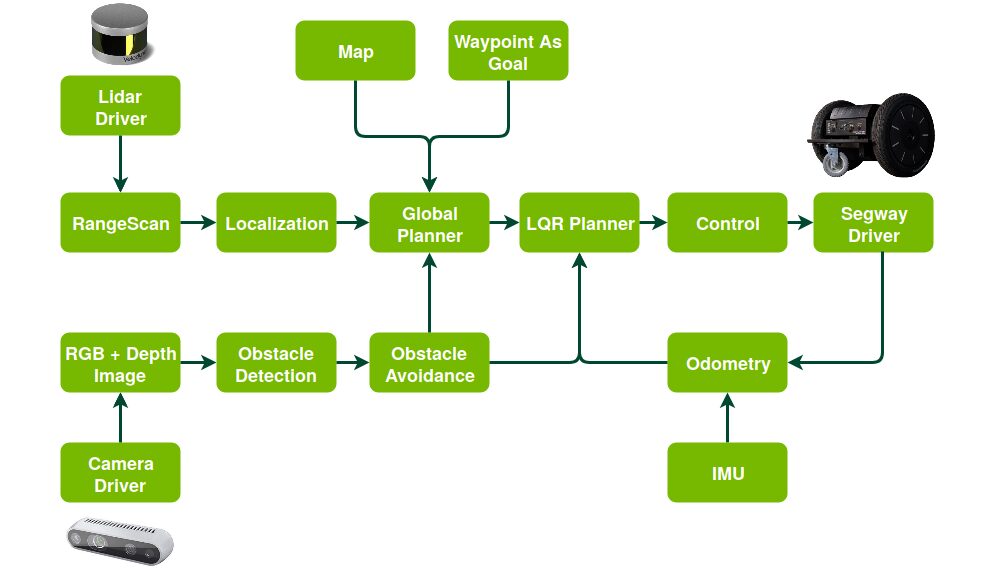
An example architecture for Mobile Robots, from sensors over planning to motors.
We realize this is a very high level overview of the software features, but it sets you up to read another article we created that dives into a number of these software packages in our ‘Isaac ROS in under 5 minutes’ blog.
NVIDIA Isaac ROS in under 5 minutes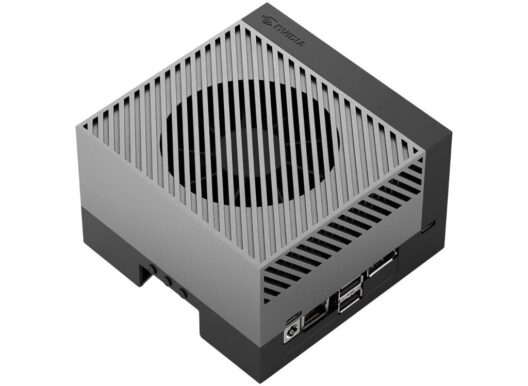
NVIDIA has also developed a range of hardware solutions specifically for robotics, including the Jetson family of embedded systems and the recently announced Nova Orin system-on-a-chip (SoC). These devices provide high-performance computing power in a compact form factor, making them ideal for use in mobile robots.
The Orin SoC is particularly noteworthy, as it represents a significant leap forward in terms of performance and power efficiency. It features a custom-designed ARM CPU, as well as multiple NVIDIA GPUs and dedicated hardware for deep learning and computer vision. This makes it an ideal platform for the development of advanced AMRs, such as autonomous delivery drones or warehouse robots.
In addition, NVIDIA claims that the stereo cameras and fisheye cameras are custom designed by NVIDIA in coordination with camera partners. All sensors are calibrated and time synchronized, and come with drivers for reliable data capture. Notable brands present in this list are StereoLabs, from the ZED 3D Stereo camera, Basler AG for industrial grade 2D cameras, and LIPS which offers 3D structured light, ToF and Stereo cameras.
The image below shows the interfaces that are ready-to-use for a typical AMR application:
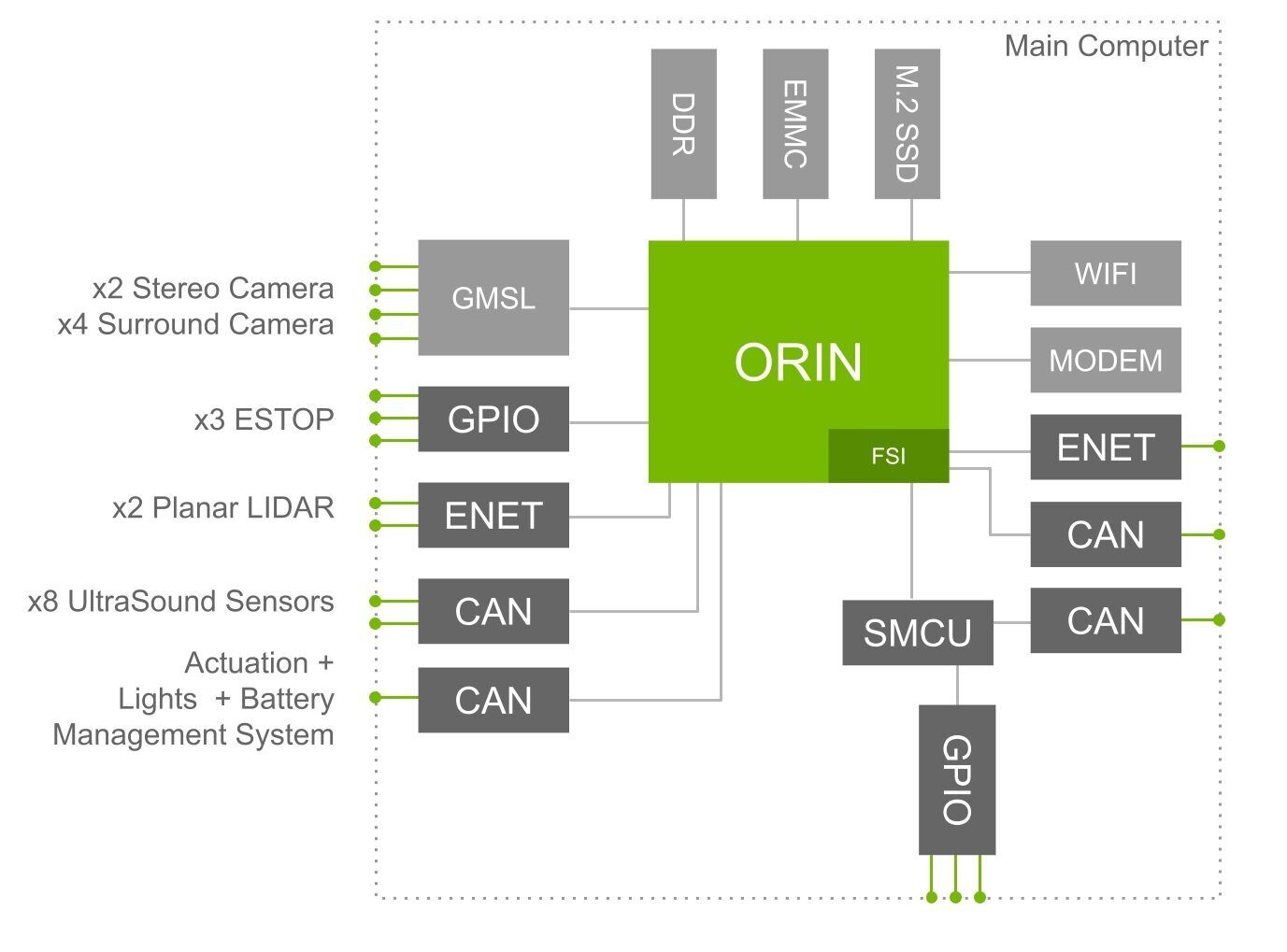
Overall, NVIDIA's success in the field of mobile robotics can be attributed to its innovative technology, strategic partnerships with camera and LiDAR vendors, and commitment to supporting the development of autonomous systems. As the demand for AMRs continues to grow, NVIDIA is focusing on solving these applications:
Read more about the announcement of NVIDIA on their blog or Contact US to get you started on this platform !
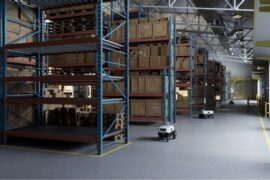
We integrate the NVIDIA Isaac SDK into ROS 2 applications using the officially supported Isaac ROS stack.
Read NVIDIA Isaac ROS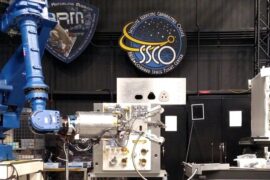
Our OROCOS development work of the Real-Time Toolkit (RTT) gave us the leading expertise in Real-time Motion Control for both ROS and OROCOS.
Read Our Expertise in Real-time Motion Control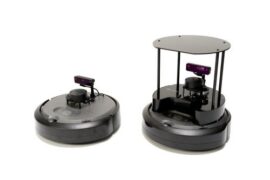
We develop pure ROS 2 applications, as well as hybrid setups for ROS 1 and ROS 2.
Read ROS 2 Integration